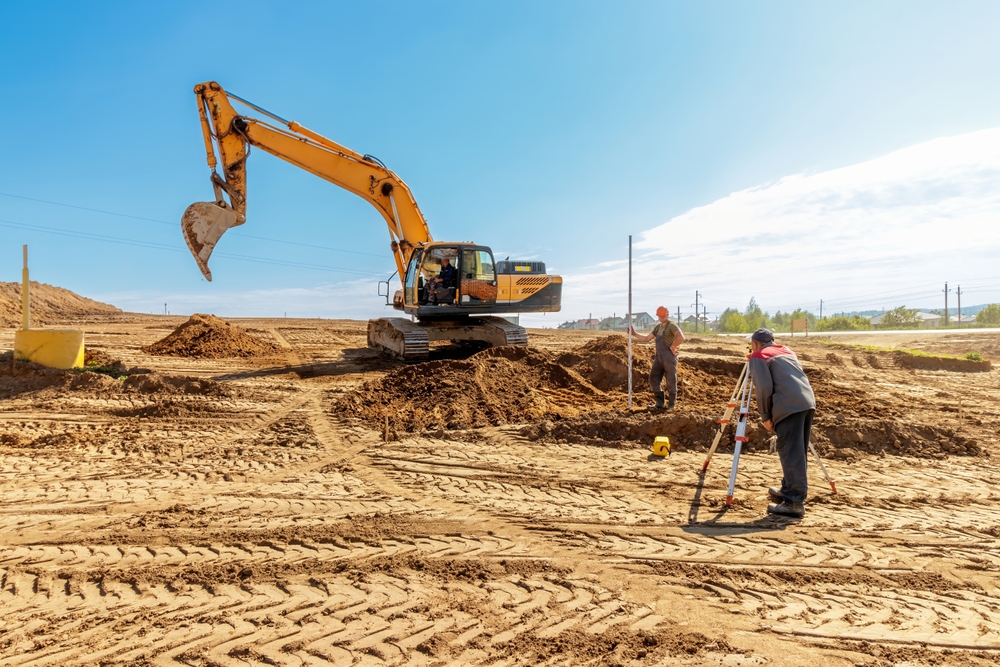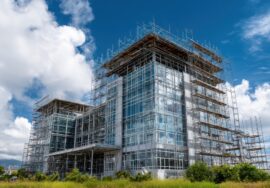Eco-Friendly Construction: Building a Sustainable Future
Eco-Friendly Construction: Building a Sustainable Future
As the world becomes more conscious of environmental issues, eco-friendly construction is emerging as a crucial approach to building more sustainable cities. Eco-friendly construction focuses on using environmentally responsible building practices and materials that reduce the overall environmental impact. This approach not only conserves natural resources but also contributes to healthier living conditions, reduces energy costs, and improves overall sustainability.
What is Eco-Friendly Construction?
Eco-friendly construction refers to building designs and construction techniques that prioritize environmental responsibility. This involves using renewable, recyclable, and non-toxic materials, reducing energy consumption, and minimizing waste. The objective is to create buildings that are both energy-efficient and resource-efficient, offering long-term benefits to the environment and the occupants.
Key Features of Eco-Friendly Construction
Some of the core principles of eco-friendly construction include:
- Sustainable Materials: Eco-friendly buildings make use of renewable or recycled materials such as bamboo, recycled steel, and low-emission paints.
- Energy Efficiency: Solar panels, energy-efficient lighting, and insulation technologies are employed to reduce the building’s energy consumption.
- Water Conservation: Rainwater harvesting, low-flow fixtures, and drought-resistant landscaping are used to conserve water.
- Indoor Air Quality: Non-toxic materials are chosen to ensure better indoor air quality, promoting the health and well-being of the occupants.
Benefits of Eco-Friendly Construction
The shift towards eco-friendly construction brings numerous advantages, both for the environment and for the people who inhabit these spaces.
1. Reduced Environmental Impact
Eco-friendly construction significantly reduces the environmental impact of buildings by minimizing the carbon footprint. By using sustainable materials and reducing energy consumption, eco-friendly buildings help mitigate climate change. Moreover, they often incorporate systems that allow for the reuse of materials, reducing the need for new resources.
2. Energy Efficiency and Cost Savings
Buildings constructed with energy-efficient technologies result in lower utility bills. Installing solar panels, energy-efficient insulation, and LED lighting can drastically reduce a building’s energy consumption, leading to significant cost savings over time. For homeowners and businesses alike, this is an excellent long-term investment.
3. Healthier Living Environments
By using non-toxic materials and ensuring proper ventilation, eco-friendly construction promotes better indoor air quality. This leads to healthier environments for occupants by reducing exposure to harmful chemicals found in traditional construction materials. Furthermore, buildings that use natural light and proper ventilation systems help improve the overall well-being of residents and workers.
4. Increased Property Value
Eco-friendly buildings often see a higher return on investment, as they are more attractive to buyers who value sustainability. They are also more durable, as the materials and systems used are designed to be long-lasting and low-maintenance, which adds to their value in the long run.

Key Elements of Eco-Friendly Construction
To achieve the goal of sustainability, eco-friendly construction incorporates several important elements:
1. Sustainable Building Materials
Sustainable building materials are essential for reducing the environmental impact of construction. Materials such as recycled steel, bamboo, and reclaimed wood are widely used in eco-friendly construction. These materials help minimize deforestation and reduce the consumption of natural resources.
2. Energy-Efficient Designs
Designing energy-efficient buildings is a key aspect of eco-friendly construction. By incorporating passive solar heating, natural ventilation, and energy-efficient windows, buildings can reduce the need for artificial heating and cooling. Solar panels and wind turbines can also provide renewable energy sources, further decreasing the building’s reliance on non-renewable energy.
3. Water Management Systems
Eco-friendly construction focuses on water conservation through rainwater harvesting systems, efficient plumbing fixtures, and drought-resistant landscaping. These systems reduce the building’s overall water usage, contributing to a sustainable water supply.
4. Waste Reduction and Recycling
One of the fundamental principles of eco-friendly construction is minimizing waste. Builders are encouraged to recycle and reuse materials whenever possible and implement waste reduction strategies during the construction process. This not only reduces landfill waste but also decreases the demand for new raw materials.
Eco-Friendly Construction in India
India, with its rapidly growing population and urbanization, has started to adopt eco-friendly construction practices to create sustainable cities. The Indian government has also launched various initiatives to promote sustainable building practices.
For example, the Green Building Movement in India has seen the rise of numerous green-certified buildings, supported by agencies such as the Indian Green Building Council (IGBC). Cities like Bangalore and Hyderabad are leading the way with eco-friendly construction projects that incorporate energy-efficient designs, water conservation systems, and sustainable materials.
You can read more about India’s eco-friendly construction initiatives through this insightful article on sustainable building practices or explore the role of green construction in India.
Conclusion
Eco-friendly construction is not just a trend, but a necessary shift towards a sustainable future. It reduces environmental impact, lowers energy costs, and creates healthier living environments. As India and the rest of the world continue to address climate change, adopting eco-friendly construction practices is a critical step towards building resilient, sustainable cities.
If you’re looking to integrate eco-friendly construction into your upcoming projects, feel free to contact us for expert guidance and solutions.
Construction Industry in India
- One of India’s largest construction and engineering companies, Campus Construction Cost Optimization provides services including project management, cost control, and engineering consultancy. For detailed information on their offerings, visit. Construction Industry in India
Read more related articles to enhance your knowledge and make informed decisions
10 Essential Steps in the Building Construction Process
How to Choose the Right Materials for Your Construction Project









